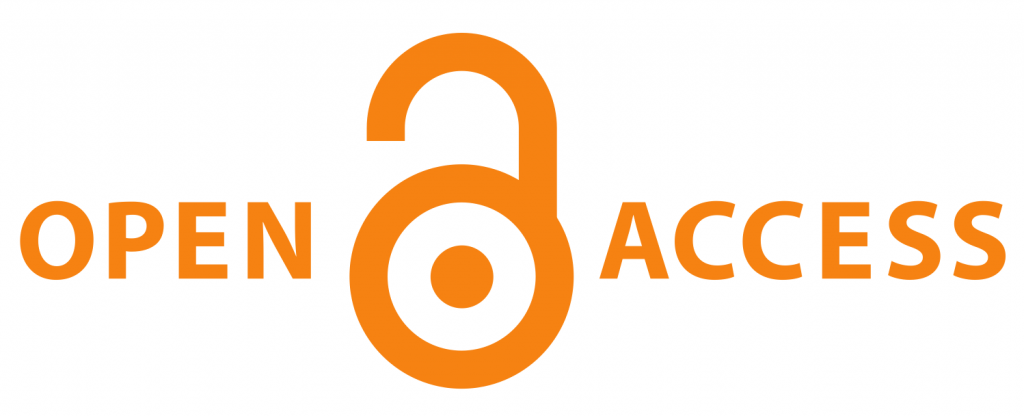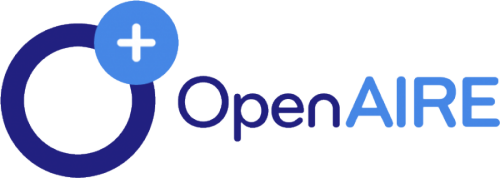A Review on Rasayana Karma of Bhallataka
DOI:
https://doi.org/10.21760/jaims.10.1.32Keywords:
Bhedaniya, Dipaniya, RejuvenationAbstract
Bhallataka, a revered medicinal herb, is known for its ability to penetrate deeply into tissues and rejuvenate the body, which is why ancient Ayurvedic sages held it in high esteem. Maharshi Charak emphasized its Rasayana properties and described ten different preparations using Bhallataka. He regarded it as the most effective remedy for Kaphaj Vyadhi. Charak classified Bhallataka into several categories: Dipaniya (an appetizer), Bhedaniya (to break down accumulated Doshas), Mutra Sangrahaniya (antidiuretic), and Kusthaghna (antidermatosis).
Downloads
References
Shastri SS. Caraka Samhita of Agnivesa. Sutra Sthan 1/42. Varanasi: Chaukhamba Bharati Academy; 2005 (Reprint). p. 13.
Shastri SS. Caraka Samhita of Agnivesa. Chikitsa Sthan 1-2/16. Varanasi: Chaukhamba Bharati Academy; 2009 (Reprint). p. 33.
Shastri K. Rasa Tarangini of Sadanand Sharma. 24 Tarang/163. Delhi: Motilal Banarasidas Academy; 1973. 9th ed. p. 676.
Shastri K. Rasa Tarangini of Sadanand Sharma. 24 Tarang/477-478. Delhi: Motilal Banarasidas Academy; 1973. 9th ed. p. 735.
Shastri SS. Caraka Samhita of Agnivesa. Chikitsa Sthan 1-1/8. Varanasi: Chaukhamba Bharati Academy; 2009 (Reprint). p. 5.
Shastri SS. Caraka Samhita of Agnivesa. Chikitsa Sthan 1-2/13-19. Varanasi: Chaukhamba Bharati Academy; 2009 (Reprint). p. 28-34.
Shastri A. Sushruta Samhita of Maharshi Sushruta. Chikitsa Sthan 6/17-18. Varanasi: Chaukhamba Sanskrit Sansthan; 2014 (Reprint). p. 51.
Tripathi B. Astanga Hridaya of Vagbhatta. Nirmala Hindi Commentary. Uttar Sthan 39/78. Varanasi: Chaukhamba Sanskrit Pratishthan; 2014 (Reprint). p. 1192.
Tewari P. Vrindmadhav or Siddha Yoga of Vrinda. Rasayanadhikar 69/39-40. Varanasi: Chaukhamba Visva Bharati Academy; 2007. p. 662.
Sharma P, Sharma GP. Kaiyadeva Nighantu. Oshadhivarga/121. Varanasi: Chaukhamba Orientalia; 2009 (Reprint). p. 90.
Pandey KP, Singh AN. Gunaratnamala of Shri Bhavmisra. Haritkyadivarga, Bhallataka. Varanasi: Chaukhamba Sanskrit Sansthan; 2006. 1st ed. p. 80.
Chunekar KC. Bhavaprakasha Nighantu of Shri Bhavamisra. Haritakyadivarga/232. Varanasi: Chaukhamba Bharati Academy; 2013 (Revised & enlarged ed.). p. 134.
Chunekar KC. Bhavaprakasha Nighantu of Shri Bhavamisra. Haritakyadivarga/232. Varanasi: Chaukhamba Bharati Academy; 2013 (Revised & enlarged ed.). p. 134.
Sharma P, Sharma GP. Dhanvantari Nighantu. Chandanadivarga/129. Varanasi: Chaukhamba Orientalia; 2008 (Reprint). p. 114.
Tripathi I. Raj Nighantu of Pandit Narhari. Amradivarga Bhallataka/68. Varanasi: Chaukhamba Krishnadas Academy; 2003. 3rd ed. p. 353.
Sharma P, Sharma GP. Kaiyadeva Nighantu. Oshadhivarga/121. Varanasi: Chaukhamba Orientalia; 2009 (Reprint). p. 90.
Pandey G. Madanpal Nighantu of Shri Nrip Madanpal. Abhayadivarga, Bhallataka/281. Varanasi: Chaukhamba Orientalia; 2012. 1st ed. p. 200.
Verma N, Vinayak M. Semecarpus anacardium nut extract promotes the antioxidant defense system and inhibits anaerobic metabolism during the development of lymphoma. Biosci Rep. 2009;29(3):151-64.
Sahoo AK, Narayanan N, Sahana S, Rajan SS, Mukherjee PK. In vitro antioxidant potential of Semecarpus anacardium L. Pharmacologyonline. 2008;3:327-35.
Ramprasath VR, Shanthi P, Sachdanandam P. Immunomodulatory and anti-inflammatory effects of Semecarpus anacardium LINN. nut milk extract in experimental inflammatory conditions. Biol Pharm Bull. 2006;29:693-700.
Bhitre MJ, Patil S, Kataria M, Anwikar S, Kadri H. Anti-inflammatory activity of the fruits of Semecarpus anacardium Linn. Asian J Chem. 2008;20:2047-50.
Selvam C, Jachak SM. A cyclooxygenase (COX) inhibitory biflavonoid from the seeds of Semecarpus anacardium. J Ethnopharmacol. 2004;95:209-12.
Satyavati GV, Prasad DN, Das PK, Singh HD. Anti-inflammatory activity of Semecarpus anacardium Linn. A preliminary study. Indian J Physiol Pharmacol. 1969;13:37-45.
Singh D, Agarwal A, Mathias A, Naik S. Immunomodulatory activity of Semecarpus anacardium extract in mononuclear cells of normal individuals and rheumatoid arthritis patients. J Ethnopharmacol. 2006;108:398-406.
Premalatha B, Sachdanandam P. Potency of Semecarpus anacardium Linn. nut milk extract against aflatoxin B(1)-induced hepatocarcinogenesis: Reflection on microsomal biotransformation. Pharmacol Res. 2000;42:161-66.
Sharma A, Mathur R, Dixit VP. Hypocholesterolemic activity of nut shell extract of Semecarpus anacardium (Bhilawa) in cholesterol-fed rabbits. Indian J Exp Biol. 1995;33:444-48.
Mohanta TK, Patra JK, Rath SK, Pal DK, Thatoi HN. Evaluation of antimicrobial activity and phytochemical screening of oils and nuts of Semecarpus anacardium. Sci Res Essay. 2007;2:486-90.
Nair A, Bhide SV. Antimicrobial properties of different parts of Semecarpus anacardium. Indian Drugs. 1996;33:323-28.
Farooq SM, Alla TR, Rao NV, Prasad K, Shalam K, Satyanarayana S. A study on CNS effect of nut milk extract of Semecarpus anacardium. Pharmacology. 2007;1:49-63.
Arul B, Kothai R, Christina AJ. Hypoglycemic and antihyperglycemic effect of Semecarpus anacardium Linn in normal and streptozotocin-induced diabetic rats. Methods Find Exp Clin Pharmacol. 2004;26:759-62.
Kothai R, Arul B, Kumar KS, Christina AJ. Hypoglycemic and antihyperglycemic effects of Semecarpus anacardium linn in normal and alloxan-induced diabetic rats. J Herb Pharmacother. 2005;5(2):49-56.
Mathivadhani P, Shanthi P, Sachdanandam P. Apoptotic effect of Semecarpus anacardium nut extract on T47D breast cancer cell line. Cell Biol Int. 2007;31:1198-206.
Arulkumaran S, Ramprasath VR, Shanthi P, Sachdanandam P. Alteration of DMBA-induced oxidative stress by additive action of a modified indigenous preparation—Kalpaamruthaa. Chem Biol Interact. 2007;167:99-106.
Sugapriya D, Shanthi P, Sachdanandam P. Restoration of energy metabolism in leukemic mice treated by a siddha drug: Semecarpus anacardium Linn. nut milk extract. Chem Biol Interact. 2008;173:43-58.
Shastri SS. Caraka Samhita of Agnivesa. Rasayanadhyay 1-1/8. Varanasi: Chaukhamba Bharati Academy; 2009 (Reprint). p. 5.















